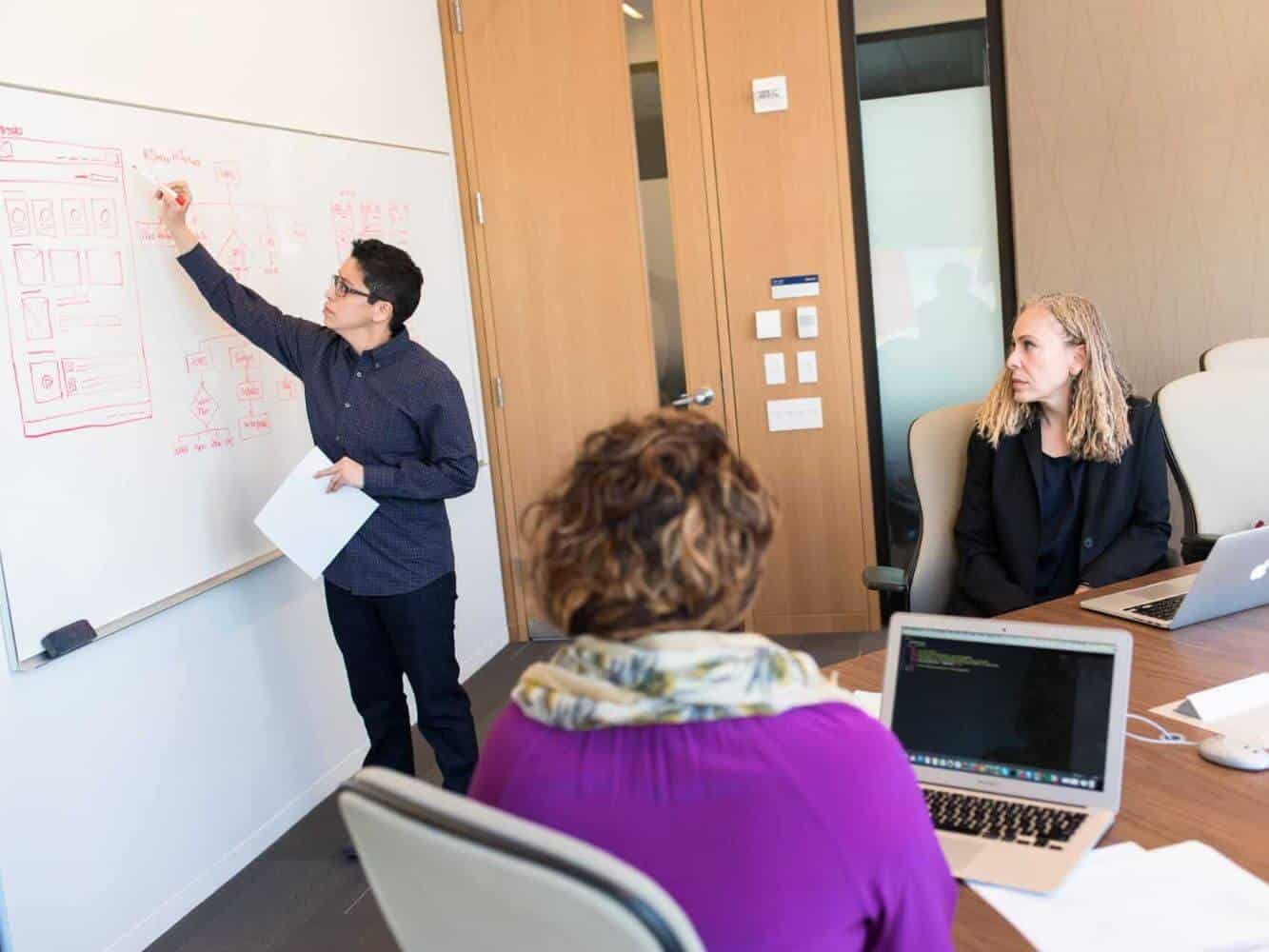Residential developments are constantly evolving to meet the growing needs and preferences of modern society. One such development, Pinetree Hill, offers valuable insights into the future of residential living.
In this article, we will explore the key features of Pinetree Hill and discuss how these elements represent broader trends in residential developments.
Sustainable Living: The Foundation of Future Developments
Embracing Green Architecture
One of the most notable aspects of Pinetree Hill is its commitment to sustainable living. Green architecture is at the heart of this development, with buildings designed to minimize environmental impact. This includes the use of energy-efficient materials, solar panels, and rainwater harvesting systems. Such features not only reduce the carbon footprint but also lower utility costs for residents.
Smart Home Integration
Pinetree Hill is a pioneer in integrating smart home technology into its residences. From automated lighting and climate control to advanced security systems, the use of smart technology enhances the convenience and efficiency of daily living. This trend is expected to become more widespread as technology continues to advance.
Community-Centric Design
Creating Shared Spaces
Future residential developments are increasingly prioritizing community-centric design. Pinetree Hill exemplifies this with its extensive shared spaces, including community gardens, recreational areas, and co-working spaces. These areas foster a sense of community and encourage social interaction among residents.
Promoting Active Lifestyles
Health and wellness are becoming central themes in residential design. Pinetree Hill features state-of-the-art fitness centers, walking trails, and sports facilities, promoting an active lifestyle. By providing these amenities, residential developments can cater to the health-conscious consumer.
Technological Advancements in Construction
Prefabrication and Modular Building
The construction industry is witnessing a shift towards prefabrication and modular building techniques. Pinetree Hill employs these methods to ensure faster, more efficient construction while maintaining high-quality standards. This approach reduces waste and construction time, making it a cost-effective solution for future developments.
Use of Sustainable Materials
The choice of materials plays a crucial role in sustainable construction. Pinetree Hill utilizes eco-friendly materials such as recycled steel, bamboo, and low-VOC paints. These materials not only contribute to environmental sustainability but also create healthier living environments for residents.
Enhancing Urban Connectivity
Strategic Location
Location is a key factor in the success of any residential development. Pinetree Hill is strategically located near major transportation hubs, educational institutions, and commercial centers. This enhances urban connectivity, making it easier for residents to commute and access essential services.
Incorporating Mixed-Use Spaces
Mixed-use developments are on the rise, blending residential, commercial, and recreational spaces. Pinetree Hill incorporates retail outlets, cafes, and entertainment options within its premises. This integration creates a vibrant, self-sufficient community where residents can live, work, and play.
Adapting to Climate Change
Resilient Infrastructure
As climate change becomes an ever-pressing concern, residential developments must adapt to withstand extreme weather conditions. Pinetree Hill is designed with resilient infrastructure, including flood-resistant foundations and robust drainage systems. This ensures the safety and longevity of the development in the face of environmental challenges.
Green Spaces and Biodiversity
Incorporating green spaces and promoting biodiversity are essential for creating sustainable urban environments. Pinetree Hill features lush landscaping, rooftop gardens, and native plant species, contributing to ecological balance and enhancing the aesthetic appeal of the development.
Role of Policy and Regulation
Government Incentives
Government policies and incentives play a critical role in shaping the future of residential developments. Pinetree Hill benefits from various government initiatives aimed at promoting sustainable living. These incentives include tax breaks for green building practices and grants for renewable energy installations.
Building Codes and Standards
Strict building codes and standards are essential for ensuring the quality and safety of residential developments. Pinetree Hill adheres to rigorous regulations, setting a benchmark for future projects. Compliance with these standards ensures that developments are designed to be safe, sustainable, and resilient.
Steps to Develop Future-Ready Residential Projects
Step 1: Conduct Comprehensive Market Research
Understanding the needs and preferences of potential residents is the first step in developing future-ready residential projects. Conducting market research helps identify trends and informs the design and amenities of the development.
Step 2: Prioritize Sustainable Design
Incorporating sustainable design principles is crucial for creating environmentally friendly and cost-effective developments. This includes using eco-friendly materials, energy-efficient systems, and green building practices.
Step 3: Integrate Smart Technology
Smart home technology enhances the convenience, security, and efficiency of residential living. Integrating these technologies into the design and construction of new developments is essential for meeting the expectations of modern consumers.
Step 4: Create Community-Centric Spaces
Designing shared spaces and amenities that foster social interaction and promote active lifestyles is key to creating vibrant communities. Future developments should prioritize community-centric design to enhance the quality of life for residents.
Step 5: Ensure Resilient Infrastructure
With the increasing impact of climate change, resilient infrastructure is vital for the longevity and safety of residential developments. This includes designing buildings to withstand extreme weather conditions and incorporating robust drainage and flood-resistant systems.
Step 6: Adhere to Regulations and Standards
Compliance with government regulations and building standards is essential for ensuring the safety, quality, and sustainability of residential developments. Staying up-to-date with the latest codes and standards is crucial for successful project execution.
Conclusion
Pinetree Hill offers a glimpse into the future of residential developments, highlighting key trends such as sustainable living, smart home technology, community-centric design, and resilient infrastructure. By embracing these trends and following the outlined steps, developers can create future-ready residential projects that meet the evolving needs and preferences of modern society. As we look ahead, it is clear that the future of residential developments lies in creating sustainable, connected, and vibrant communities that enhance the quality of life for residents.




